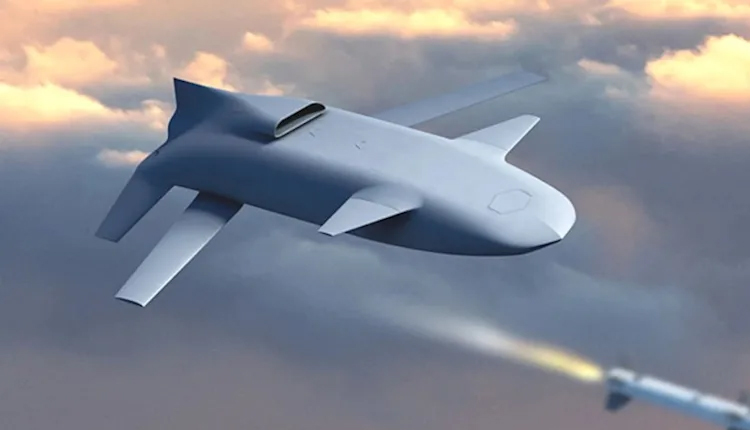New Delhi: NASA scientists at the Armstrong Flight Research Centre are building a subscale unmanned aircraft in the sun-baked expanses of California’s high desert, which measures 14 feet wingtip-to-wingtip, 9.5 feet long, and weighs just 60 pounds.
Sign in
Sign in
Recover your password.
A password will be e-mailed to you.
Wp Channel
Join Now
This remote-controlled marvel, born from the ingenuity of the Dale Reed Subscale Flight Research Laboratory, promises to fast-track aviation breakthroughs without the risks – or costs – of full-scale trials.
Dubbed an upgrade to the veteran MicroCub, the drone is the brainchild of chief pilot Justin Hall and small uncrewed aircraft specialist Justin Link. Recent photos from September 3 show the duo meticulously attaching engines and wings, transforming the craft into a nimble testbed for cutting-edge aerodynamics, flight controls, and novel technologies. “It’s about rapid prototyping and slashing risks,” explains the lab’s philosophy, honouring aerospace pioneer Dale Reed’s legacy of low-budget, high-impact innovation.
Why is this a mini-marvel? In an era of ambitious missions – from Earth observation to deep-space probes – full-sized or crewed flights demand exhaustive prep. This subscale wonder allows swift tweaks, enabling engineers to validate designs in real skies, accelerate tech integration, and pave the way for safer, smarter full-scale ventures.
As Hall and Link fine-tune its landing gear, the aircraft stands poised to cut timelines and budgets, fuelling NASA’s drive towards hypersonic horizons and beyond.
IB Bureau
5190 posts



Comments are closed.